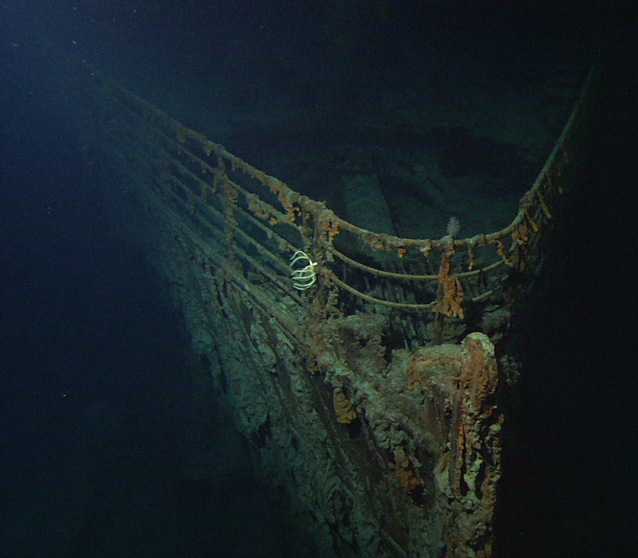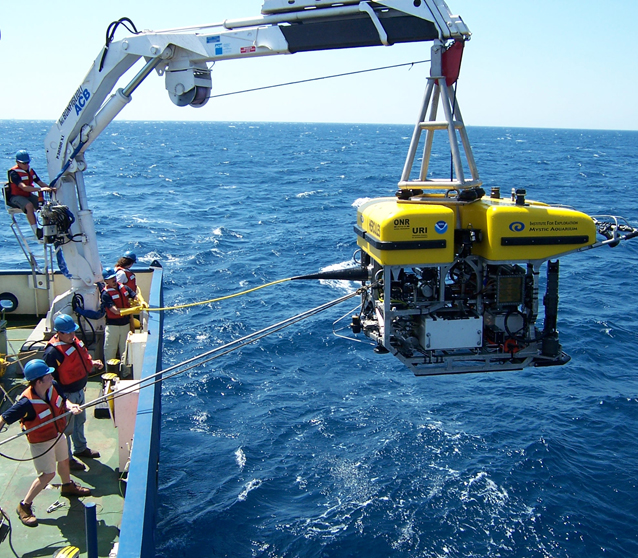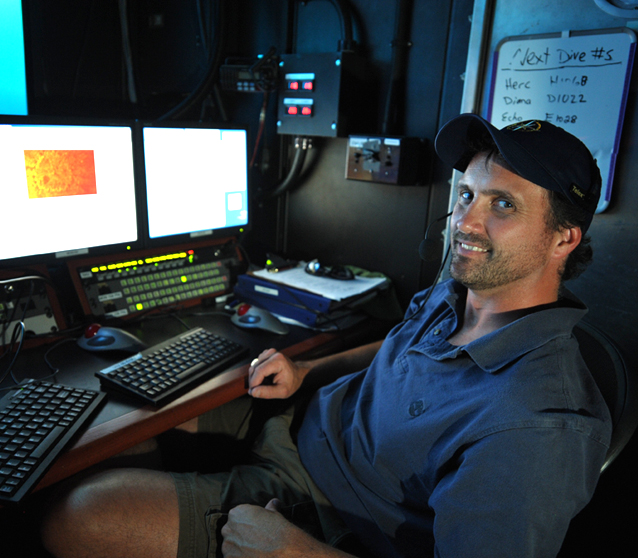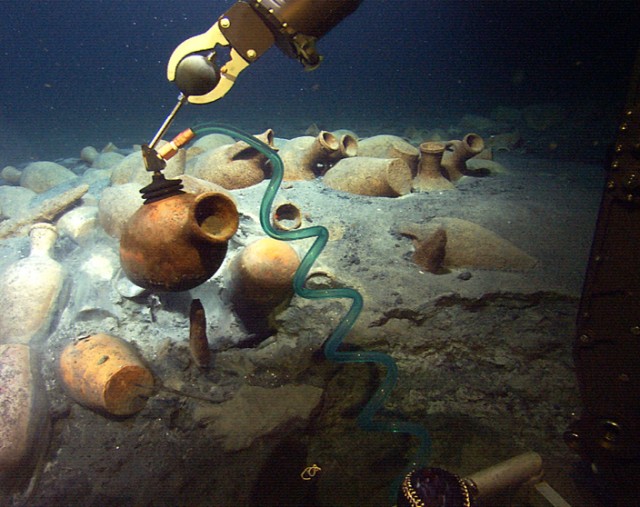This time we’re talking about something called “inner space.” Dwight Coleman, the director of the Inner Space Center at the University of Rhode Island, explains: “We define inner space as the deep oceans or anything within the Earth and the oceans that we cannot see.”
That Center involves two big visions: first, promoting and doing archaeology research in the ocean; and second, something called telepresence. Tune in to hear more.
[audio:https://coseenow.net/podcast//2009/10/og20.mp3]



[…] Here’s the current episode of Ocean Gazing. Imagine this same podcast, but featuring you! […]
Thank you for sharing this story Ari. A group of COSEE members attending a meeting at the University of Rhode Island in September had the opportunity to visit the Inner Space Center. The artifacts on display at the Center are amazing! The ability to communicate directly with crew via telepresence is a very exciting opportunity to utilize.
I can’t wait to visit the Inner Space Center myself! I interviewed Dwight over the phone so I wasn’t able to view the artifacts. Did you take any photos??